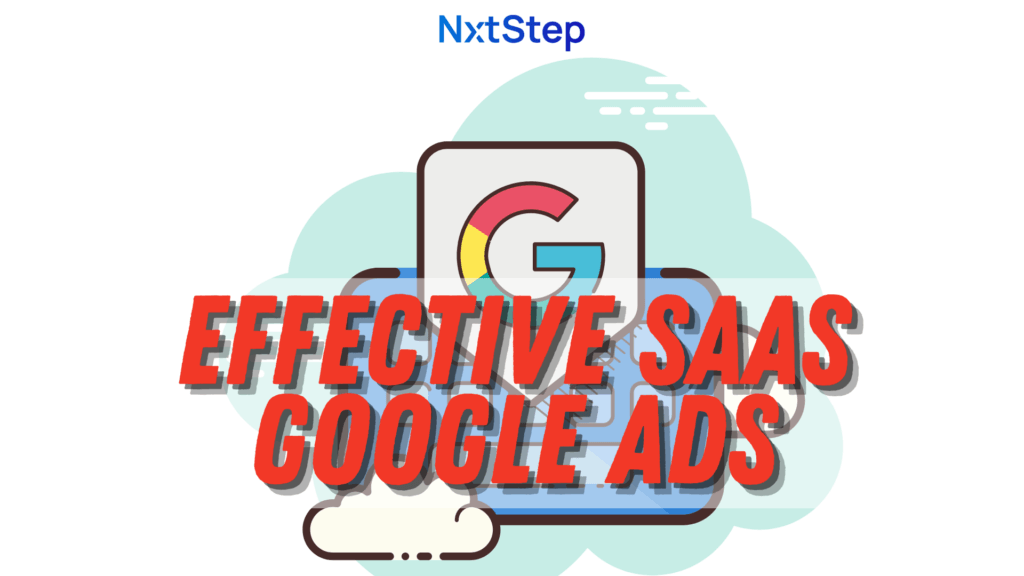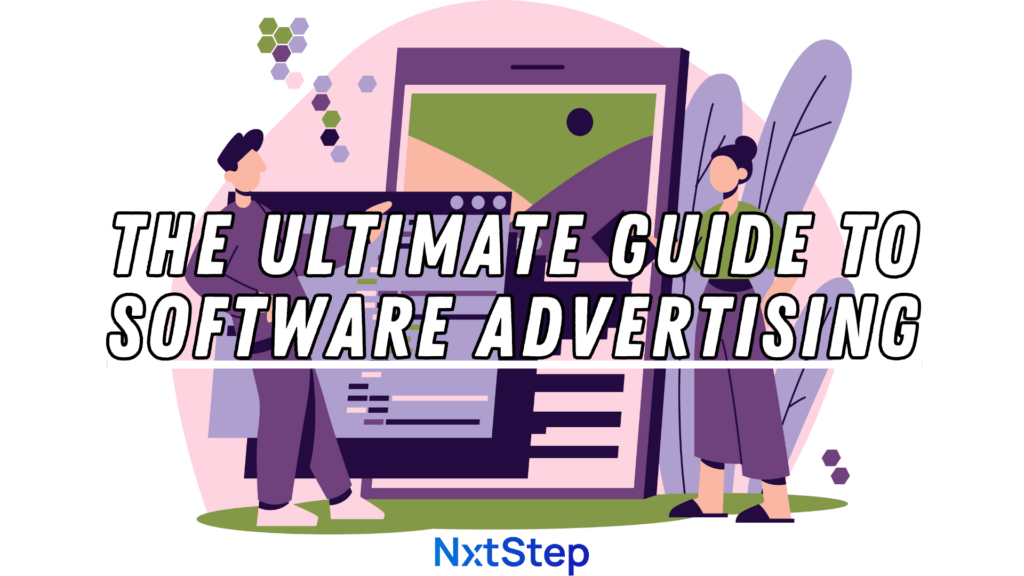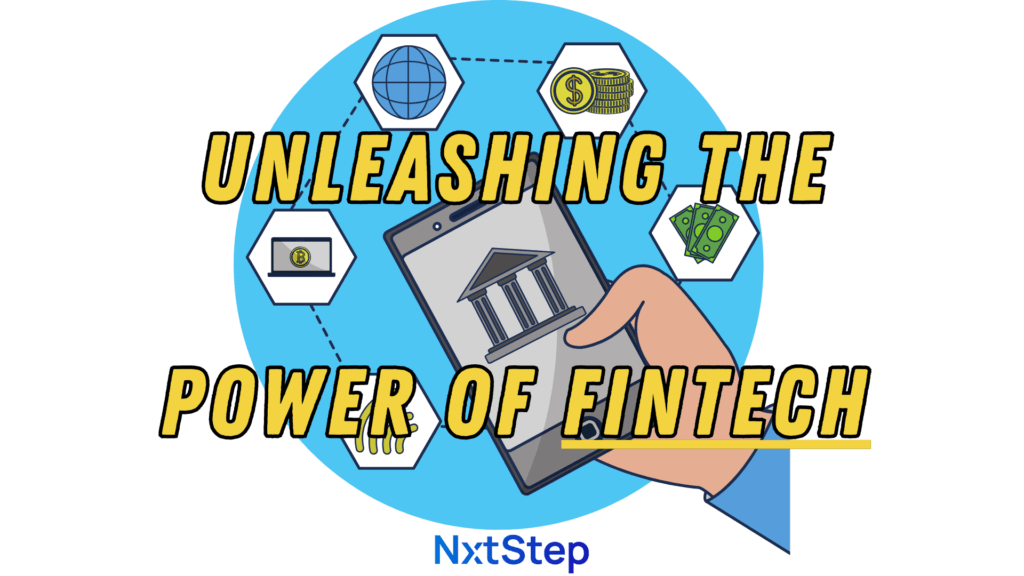I want to talk to you about the challenge of establishing effective product pricing. This phase of building a product experiences a lot of chicken and egg type situations, for example, if I don’t know what people will pay, how will I know how much I can charge?

You may be worried that if you charge too much then people won’t buy your product or if you charge too little then you’ll leave too much on the table and it will hurt your business. These are legitimate concerns which is why it is so important to get product pricing right. In this article, I’m going to walk you through my system for getting started that has served me quite well thus far.
First, more background on the topic.
Background
Before we talk about pricing, I want to talk more about competition. You see, it’s my belief that 90% of product companies think about competition all wrong. This is the first critical mistake that leads companies to improperly price their products.
I can almost guarantee you that your customer isn’t obsessing over your “competition” the way that you are. In fact, they may not even be aware of the companies you might consider to be competitors. This can be a mind blowing discovery for the product companies I work with, but more on that later.

What I need you to realize is that your product’s pricing should be predominantly based on the value your product delivers to your customer and not who you think is the competition.
Many of the answers we need to important questions about growing our product companies exist in the data we can only get from customers. The trick is understanding what the data is telling us.
The Value Equation (My Pricing Strategy)
I mentioned earlier that your product’s pricing should primarily be based on the value you deliver to your customer. How would you articulate this? What social proof do you have that this is in fact the case? What have your customers said about the value they receive from investing in your product?
Value can come from different places. To some, time saved is value, to others, revenue generated or expense saved is value. Regardless, the type and amount of value received is framed by your customer. You need to ask the right questions to get this information so you can build your own value equation.

Allow me to demonstrate with an example.
Katy’s app (ScanWizPro) enables users to scan documents from their phone directly to cloud storage using their camera. Katy’s customers previously had to find an actual printer/scanner combo to physically scan paper documents before they found ScanWizPro. As such, they are very happy with a much improved process. Previously, her users experienced a loss in time AND incurred expense because most of them didn’t have a device like this so they had to rent one for $5 everytime they needed to scan something.
In the example above, Katy knows that previously her customer experienced a loss in time AND incurred extra fees ($5) each time they wanted to scan something. As such, if Katy can give her customers that time back plus charge what I call a take my money amount for access to her product then she’s positioned her product well for growth. In this case, that amount might be $4.99 for a month of use which would now mean for less than what it takes her customers to scan 1 document the old way, they scan an unlimited amount of documents PLUS they get almost all of their time back. Nailed it Katy!
This equation should make more sense to you through this example. I’m challenging you to build a value equation for your own product.
Your Real Competition
Before I share a few examples from the real world, I want to talk about another VERY important topic that will dramatically impact your success with product pricing – competition.
As I mentioned earlier, product people think about competition all wrong. For whatever reason, we have a tendency to obsess over all the companies in our space trying to build similar solutions. I get it, that data is still somewhat important to you, but I need you to realize that it’s not the most important when it comes to setting appropriate pricing for your product.
What’s more important is how your customer is solving their problem today, otherwise known as the existing solution. Your real competition is however your customer is trying to solve their problem today. Yes, I’m referring to the same exact problem that you are hoping to solve better with your product.
In the hypothetical example I shared above, Katy understands how the value proposition for her product compares to her real competition. Her real competitor isn’t other apps trying to do something similar. Her real competition is the old way of doing things by using a printer/scanner combo machine that’s hooked up to a computer.
Another great example of this comes from the large software company Intuit. One of their most successful software products is TurboTax. When telling the TurboTax origin story they often get a chance to poll an audience for who they were competing against. Inevitably, people guess random e-file software applications that are now defunct that no one has ever heard of before. The punchline is pen and paper. People were primarily filing tax returns out by hand when they were building TurboTax so that’s what they needed to beat. The pen was their real competitor and one of the reasons they were so successful with that product is because they were well aware of who their real competitor was.

Get our awesome product content delivered daily-ish to your inbox

If you don’t understand your real competition then you won’t just price your product wrong, you’ll probably build a solution to the wrong problem or worse a problem that doesn’t exist. Make sure you get this right.
Examples of Pricing Done Well
There are lots of examples of products that have done pricing well. Below, I’m going to talk about two of my favorites.
Basecamp
The team at basecamp built a great product using an excellent strategy – they solved their own problem. As such, they knew everything about all of the existing solutions. This positioned them very well to build a great product and price it very attractively. It’s currently priced at $99/mo, but it was originally priced less. After raising it, they were even more successful.
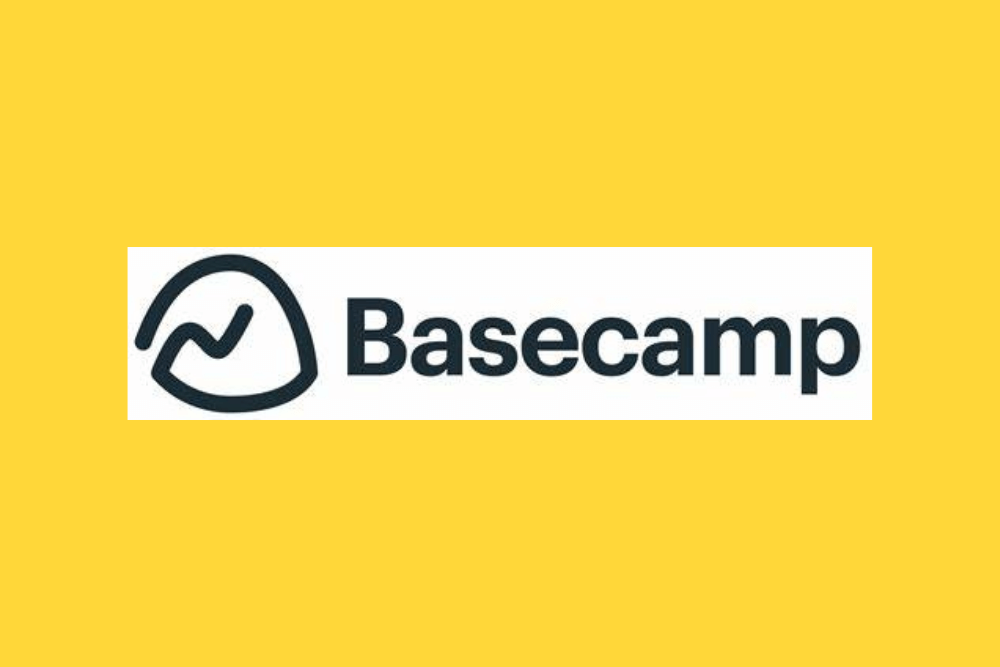
Love just about everything that the team at Basecamp has done and I can’t recommend strongly enough that you study their success. A great book for learning more is the one they wrote called Rework where you can learn more about the work of Jason Fried and David Heinemeier Hansson.
Netflix
The team at Netflix has changed the game when it comes to how we consume entertainment media. They turned cable providers and movie theaters inside out to give people what they want right in their own homes. Netflix followed a fascinating path of solving problems and giving customers exactly what they wanted in phases as technology evolved. To put it simply, they went from mailing dvds, to streaming to producing the content themselves. Each time, they raised their prices either directly or indirectly and achieved even greater success. They are another great example of how to manage product pricing well.

There are lots of great books about Netflix, one I’d recommend is No Rules Rules where you can read more about their story and what Reed Hastings accomplished.
Example of Pricing Done Poorly
There are even more examples of products that have done pricing poorly. Below, I’m going to talk about two recent and somewhat embarrassing examples.
Remarkable
Full disclosure, I have a Remarkable e-ink tablet and I love it. Which is why this one hurts so much. Remarkable attempted to transition from selling their tablet for a fixed price to a subscription model and people weren’t happy about it. They started by selling a premium product that was among the most expensive, if not the most expensive in their category and now it looks like they want more, much more in the form of recurring revenue in perpetuity – not a good look.
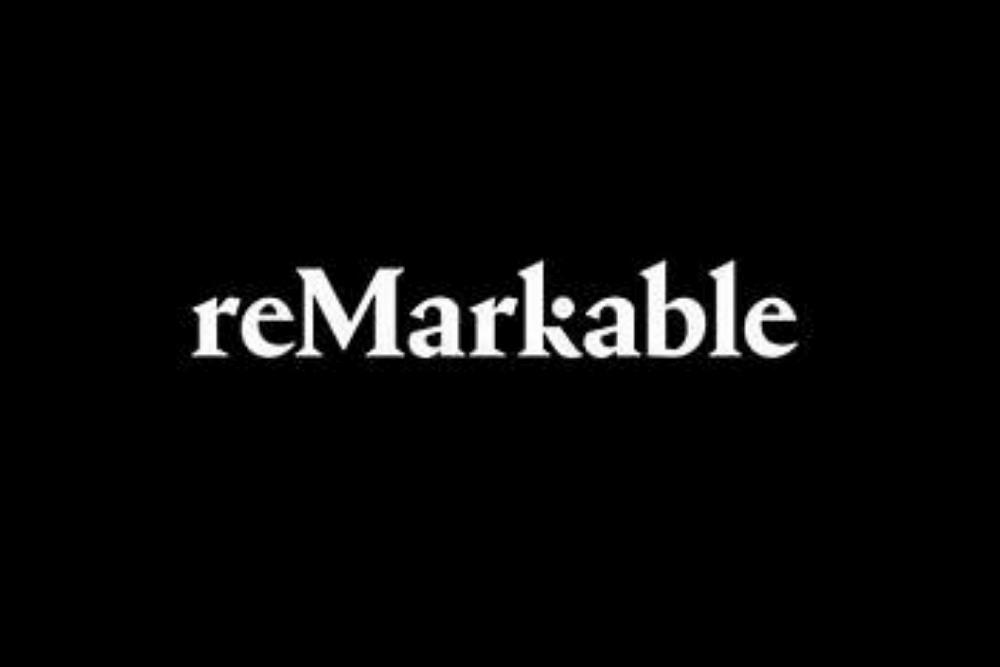
In their defense, they grandfathered in people that had previously purchased the product, but that didn’t seem to help much. You see, Remarkable made a classic mistake of trying to change who they were late in the game by expecting people to pay for something they get for free with other (even premium – see iPhone) products and as such, it went over like a lead balloon. It was a tone deaf move that still hasn’t really settled with customers. They need to be careful because mistakes like these can torpedo the whole business.
Peloton
Peloton sells what many would consider to be one of the most premium pieces of exercise equipment on the market. Their bike costs thousands of dollars and was also expected to be an all encompassing system. However, Peloton has also recently attempted to add a subscription service to their revenue model and customers are PISSED. Peloton is still dealing with the fallout from this move and some are even calling for the resignation of the CEO (ouch).
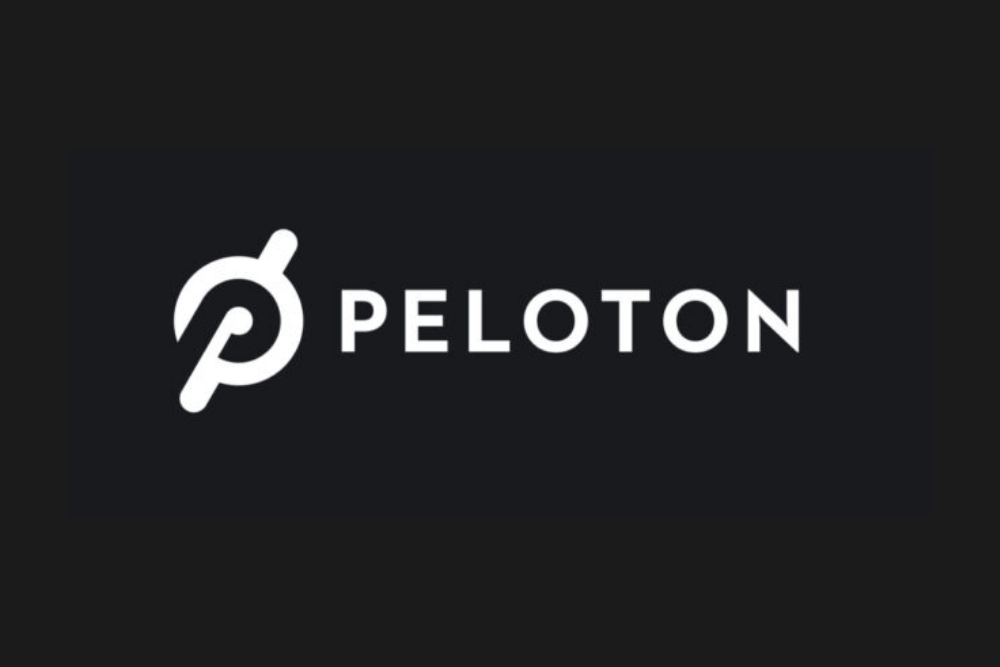
Peloton made a classic mistake of forgetting about the existing solution – gym memberships. What do gym memberships require that Pelonton did not? Subscriptions. Now that they are charging them also, they’ve zapped a HUGE element of the value proposition and shot themselves in the foot. As such, many people are returning their bikes and it is going to have a big impact on their bottom line. Stay tuned to see how it all shakes out in the end.
The lessons here are to make sure you get pricing right and don’t forget about the important factors that helped you become successful. If you do, they could cause big problems for you and your product business.
Getting Started
You need to build the value equation for your product. Measure everything you can about the existing solution and how your product is going to improve this experience for your customer. If you can quantify those savings, you can price your product for success.
Hiring Help
I help product companies price their products. Email me at sean@nxtstep.io and consider joining my free mailing list for more product strategy advice.



